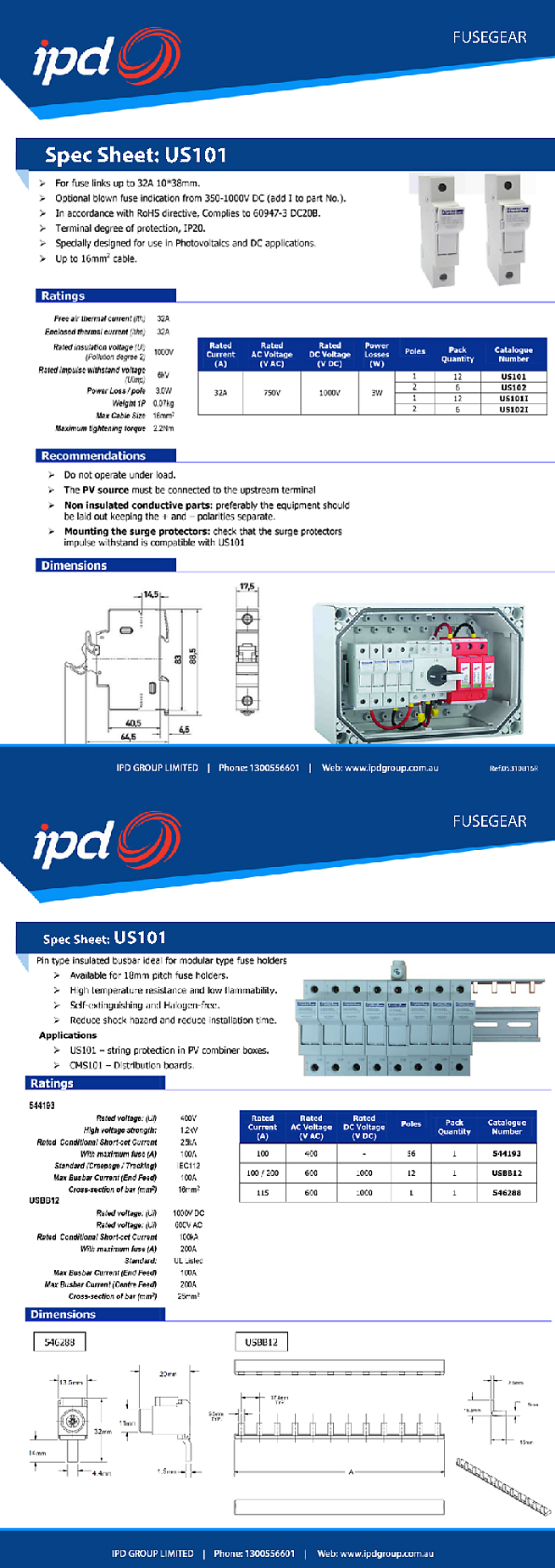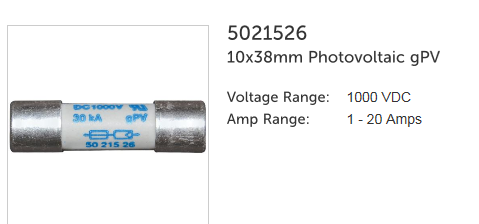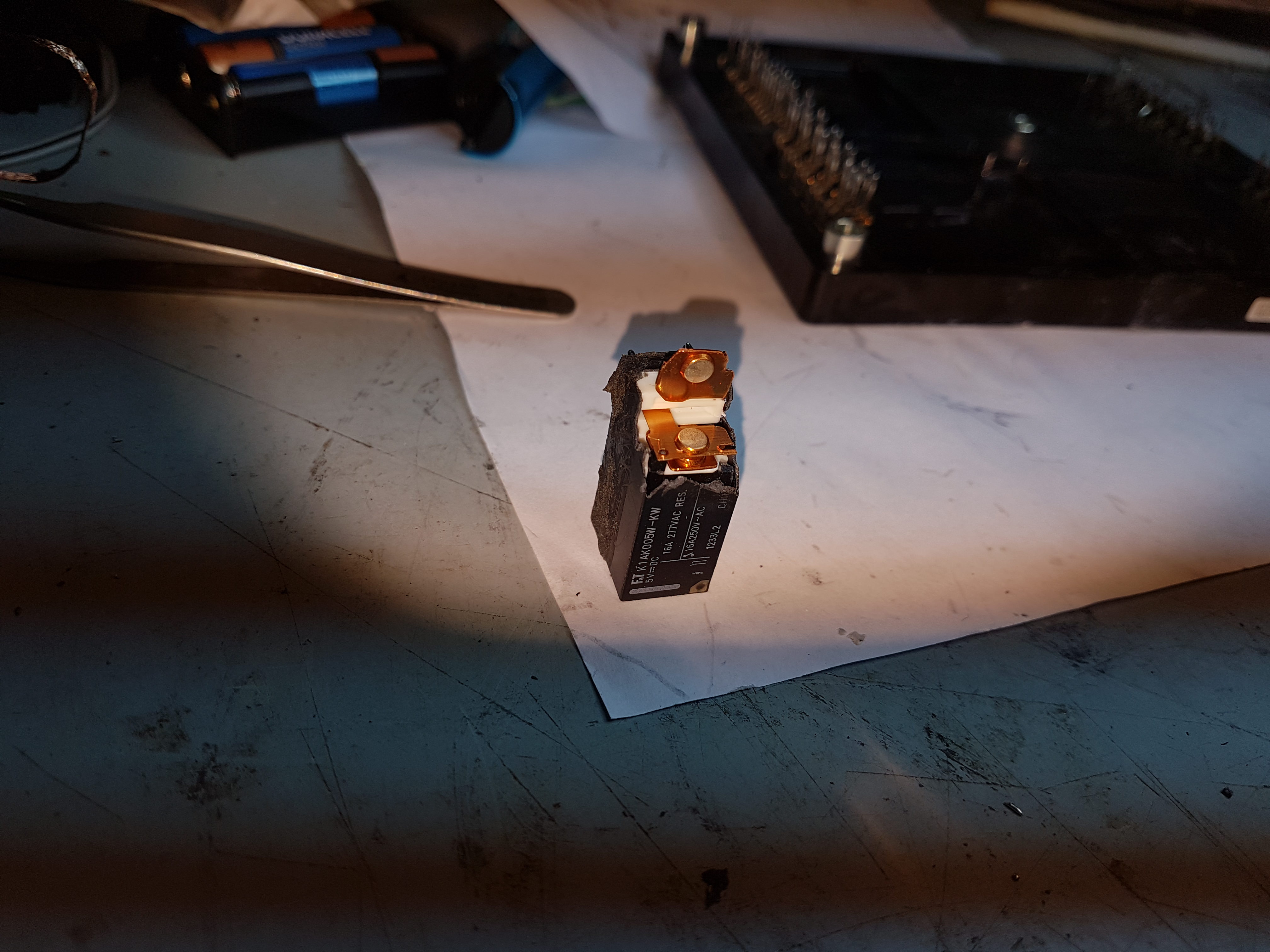Hi KIEV:
You can add this second Charrger that I am working on as #17 on your Index on this thread.
I've used Coulomb's suggestion, and I've replaced the 20 amp fuse in the MCU on the I-MIEV that I
am using as a test bed with a fuse holder and a 1000v rated 20 amp fuse that is commonly used
in the solar power industry. That way I don't have to worry about Arc problems. I've replaced the
vertical PCB in the doghouse with two 1000pf 3000v ceramic caps, I've visually inspected the
Charrger boards and the DC-DC Converter boards and could not spot any further damage.
I did all the basic tests that I did on the previous charrger and all supply voltaged looked good.
I installed the charger back into the test car and tried to check DTCs with MUT III.
In the beginning, the MUT III would not even communicate with the car and I received a message
that the 12v was low. I found that since the car had sit for a week, the 12v battery was sitting at 10v
It's a bit far away to connect an external charger, so I used jumper cables to connect a external battery
across the I-MIEV 12V, and managed to get 11.9v. I was then able to get the MUT III to communicate.
I could get car to go to "READY" and I could see that the DC-DC was working as the 12v battery was
now reading 14.3v. I did a scan for DTC, and got a POA09 error which was a left over error, so I cleared that
ran scan again and did not have any errors listed. I then tried charge car, connecting the charger cable.
I could hear the clunk of the contactors, The cooling fan came on, The charger light lit up on the dash, and all
looked good for a moment. While I was watching the charge light on the dash, I saw it blink off for a second but
came back on. The car seemed to continue charging for about another minute or so, then the charge light
went out. I disconnected the charge cable for a few minutes, then re-connected it but never saw the car try
and charge again (no charge light on Dash, no contactor clunk, no fan noise.) I checked the 20 amp fuse in
the MCU and that was still ok. I turned the car back to "READY" and ran a DTC Scan with the MUT III, and no
errors came up. I noticed that during the MUT III Scan, when it passes each section like BMU, CMUs etc it displays
a "OK" if there are no errors. When it got to the OBC scan, It displays "-" as if its not even scanning for errors on
that section, and no DTCs are reported. I pulled the charrger out of the car and put it back on bench. The two
1000pf caps in the dog house did not get blown are still ok. Later today, while it's on the Bench, I'll apply AC in
again and see what voltage appears across the 3x big electrolytics to see if the front end is still ok. I'll do a
basic diode check with multimeter across the IGBT section again to see if that still looks ok, and I'll check voltage
across all the electrolytics on the top pcb to see if any supply has died.
I've noticed this problem with My MUT III skipping over the OBC DTC scan on several other cars as well (all 2010 I-MIEV). I cannot read Hardware and Firmware revisions of the OBC like I can do with other ECUs in the car. The MUT III also says it cannot do canbus tests, so maybe the MUT III Cable to the car that I am using is incorrect, or there is some CANBUS difference in a 2010 I-MIEV that is preventing this. Maybe my MUT III is currently using LIN BUS for the other ECUs DTC Checked? I also noted that the CANBUS that is on the Chademo port is separate to the CANBUS that is on the under the dash OBD Connector, and I read somewhere that the EV-ECU connects to both CANBUS's and acts as a firewall between them. Do you know anything about this? During the MUT III Sofware installation, it installed BOTH MUT III AND MUT III SE (Second Edition). Only the SE will work with I-MIEV.
You can add this second Charrger that I am working on as #17 on your Index on this thread.
I've used Coulomb's suggestion, and I've replaced the 20 amp fuse in the MCU on the I-MIEV that I
am using as a test bed with a fuse holder and a 1000v rated 20 amp fuse that is commonly used
in the solar power industry. That way I don't have to worry about Arc problems. I've replaced the
vertical PCB in the doghouse with two 1000pf 3000v ceramic caps, I've visually inspected the
Charrger boards and the DC-DC Converter boards and could not spot any further damage.
I did all the basic tests that I did on the previous charrger and all supply voltaged looked good.
I installed the charger back into the test car and tried to check DTCs with MUT III.
In the beginning, the MUT III would not even communicate with the car and I received a message
that the 12v was low. I found that since the car had sit for a week, the 12v battery was sitting at 10v
It's a bit far away to connect an external charger, so I used jumper cables to connect a external battery
across the I-MIEV 12V, and managed to get 11.9v. I was then able to get the MUT III to communicate.
I could get car to go to "READY" and I could see that the DC-DC was working as the 12v battery was
now reading 14.3v. I did a scan for DTC, and got a POA09 error which was a left over error, so I cleared that
ran scan again and did not have any errors listed. I then tried charge car, connecting the charger cable.
I could hear the clunk of the contactors, The cooling fan came on, The charger light lit up on the dash, and all
looked good for a moment. While I was watching the charge light on the dash, I saw it blink off for a second but
came back on. The car seemed to continue charging for about another minute or so, then the charge light
went out. I disconnected the charge cable for a few minutes, then re-connected it but never saw the car try
and charge again (no charge light on Dash, no contactor clunk, no fan noise.) I checked the 20 amp fuse in
the MCU and that was still ok. I turned the car back to "READY" and ran a DTC Scan with the MUT III, and no
errors came up. I noticed that during the MUT III Scan, when it passes each section like BMU, CMUs etc it displays
a "OK" if there are no errors. When it got to the OBC scan, It displays "-" as if its not even scanning for errors on
that section, and no DTCs are reported. I pulled the charrger out of the car and put it back on bench. The two
1000pf caps in the dog house did not get blown are still ok. Later today, while it's on the Bench, I'll apply AC in
again and see what voltage appears across the 3x big electrolytics to see if the front end is still ok. I'll do a
basic diode check with multimeter across the IGBT section again to see if that still looks ok, and I'll check voltage
across all the electrolytics on the top pcb to see if any supply has died.
I've noticed this problem with My MUT III skipping over the OBC DTC scan on several other cars as well (all 2010 I-MIEV). I cannot read Hardware and Firmware revisions of the OBC like I can do with other ECUs in the car. The MUT III also says it cannot do canbus tests, so maybe the MUT III Cable to the car that I am using is incorrect, or there is some CANBUS difference in a 2010 I-MIEV that is preventing this. Maybe my MUT III is currently using LIN BUS for the other ECUs DTC Checked? I also noted that the CANBUS that is on the Chademo port is separate to the CANBUS that is on the under the dash OBD Connector, and I read somewhere that the EV-ECU connects to both CANBUS's and acts as a firewall between them. Do you know anything about this? During the MUT III Sofware installation, it installed BOTH MUT III AND MUT III SE (Second Edition). Only the SE will work with I-MIEV.




































